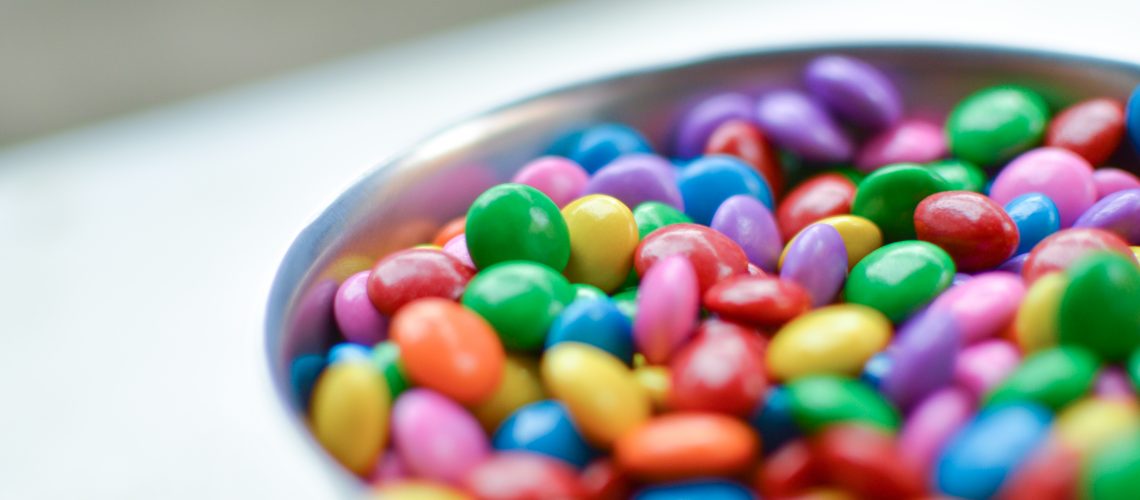We all know a bit of food colouring can really bring vibrancy to a rather dull looking dish. We all know, as well, just how bad it is for us. But here are some facts you might not know about food colouring.
To help us understand what it is, food colouring are substances that are added to food and beverages in small quantities to make them visually more appealing to consumers. It is used in a large variety of food and beverages. Essentially, it is used to attract consumers – and it does a brilliant job at it!
Although we generally think that food colouring must be made of synthetic ingredients, there are in fct all natural ones! Oranges, green, purple and red derive from more natural ingredients. Other colours are created artificially and are processed in a lab.
All colours added to foods have to undergo rigorous testing by Food Standards Australia New Zealand (FSANZ). Therefore they are safe to consume. Yet one does need to be careful with allergic reactions to different colours. A number of the artificial colours used in Australia are required to have warning labels in the EU. Reactions, however are very individualised and there are sub-groups that are more likely to experience adverse reactions than others
So as you consider buying foods that might have colouring, always check the labels to see if you have an allergy to the food colour used in the product.
Did you learn anything new about food colouring? Are you going to adopt a habit of checking food labels?
If you would like more information on this topic or get the source URL for this article, then email us at [email protected]
